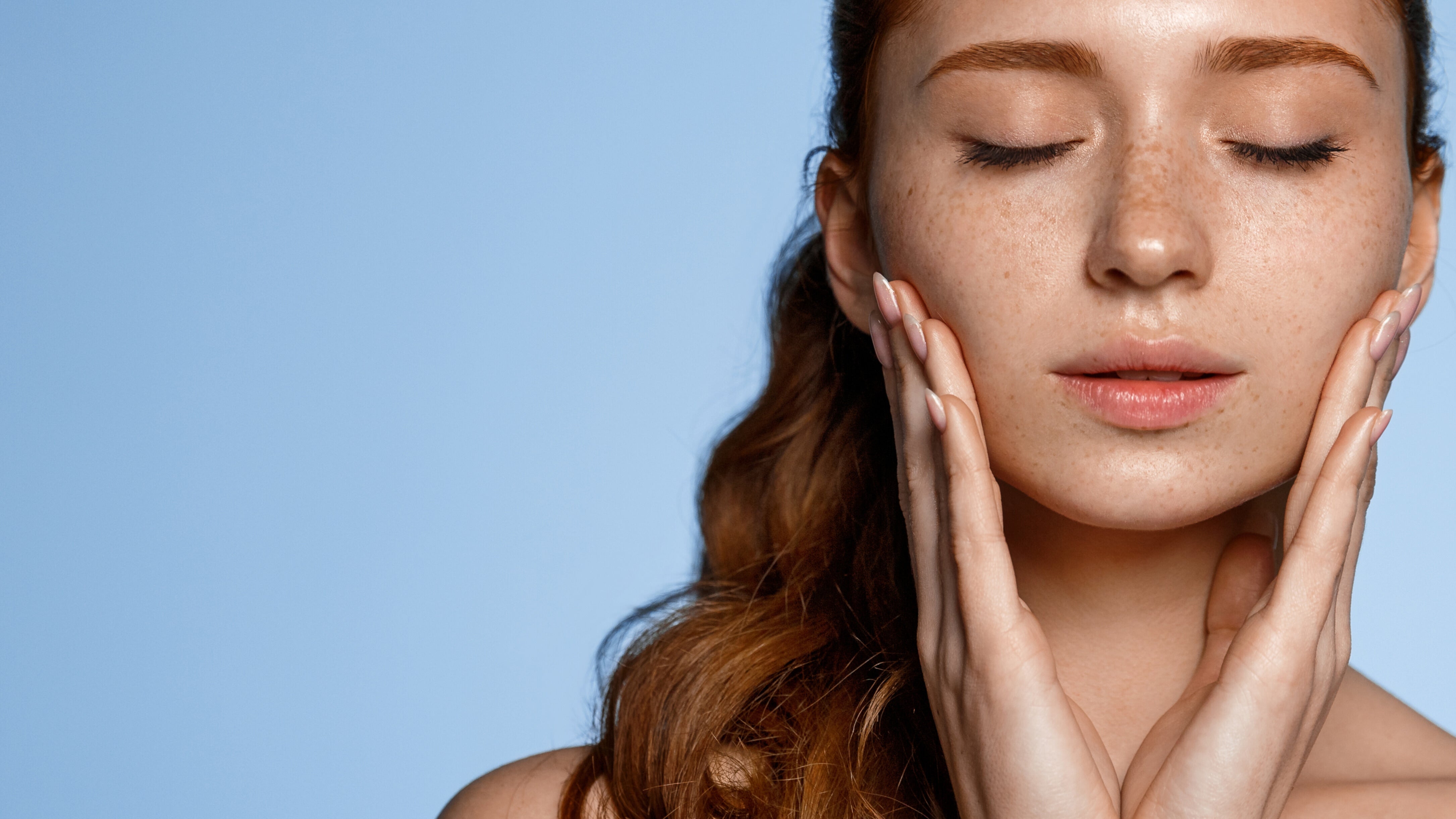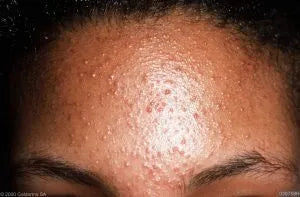
Sebum and its Relationship with Acne
Acne is a prevalent skin condition that can affect individuals of all ages. To effectively manage and prevent acne, it's crucial to understand the role of sebum in its development. In this article, we'll explore the relationship between sebum and acne and how you can take steps to keep your skin clear and healthy.
What is Sebum?
Sebum is a natural, oily substance produced by the sebaceous glands located in your skin. It's not inherently problematic; in fact, sebum serves important functions in maintaining healthy skin. One of its primary roles is to keep your skin and hair moisturized, preventing dryness and brittleness.
The Role of Sebum in Acne
While sebum itself isn't harmful, it becomes a contributing factor in acne when it becomes excessive or gets trapped in hair follicles. When sebum production goes awry, it can lead to various types of acne lesions, including whiteheads, blackheads, pimples, and cysts.
Excessive Sebum Production
Several factors can contribute to excessive sebum production:
- Hormonal Fluctuations: Hormonal changes during puberty, menstruation, and pregnancy can lead to an increase in sebum production. This is why acne is often associated with these life stages.
- Genetics: Your genetic makeup can influence the amount of sebum your body produces. Some individuals are genetically predisposed to have oilier skin.
- Diet: Certain dietary factors, such as consuming a high amount of sugary or dairy-rich foods, can stimulate sebum production and worsen acne.
What Does Excess Sebum Look Like?
Excess sebum often manifests in the following ways:
- Oily Skin: Individuals with excess sebum often have a shiny or greasy complexion.
- Enlarged Pores: Accumulated sebum can clog and stretch pores, making them more noticeable.
- Acne Breakouts: Excess sebum combines with dead skin cells, creating a fertile environment for acne-causing bacteria. This results in the formation of acne lesions.
Managing Sebum and Preventing Acne
While you can't eliminate sebum production entirely, you can manage it effectively to prevent acne. Here are some tips:
- Proper Cleansing: Regular and gentle cleansing helps remove excess sebum and prevents oil buildup on the skin.
- Exfoliation: Exfoliating your skin removes dead skin cells, reducing the likelihood of clogged pores.
- Topical Treatments: Say goodbye to typical topical treatments like salicylic acid and benzoyl peroxide that often lead to dry, irritated skin, triggering an overproduction of sebum. Our Clear Skin Elixir offers a transformative alternative. Infused with natural-based ingredients, including Tea Tree Oil, known for its antibacterial properties; Licorice Root Extract, to reduce inflammation; and Rosehip Oil, promoting skin regeneration. This elixir not only clears breakouts but also maintains oil balance, providing a comprehensive solution for acne-prone and oily skin.
Balancing Sebum Production
While sebum is a contributing factor to acne, it's essential to strike a balance. Too little sebum can result in dry, flaky skin, leading to irritation and, in some cases, acne. Seek a skincare routine and lifestyle choices that promote balanced sebum production for healthy skin.
In conclusion, sebum is an integral part of the skin's natural physiology. While it can contribute to acne when overproduced, it's crucial to strike a balance in managing sebum to maintain healthy, clear skin. By adopting proper skincare practices and seeking professional guidance when necessary, you can achieve the equilibrium needed for radiant, acne-free skin.






